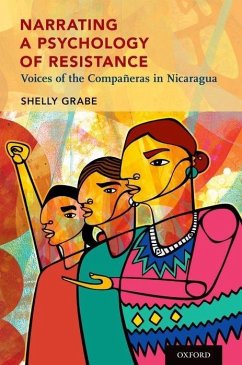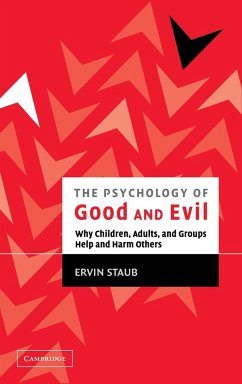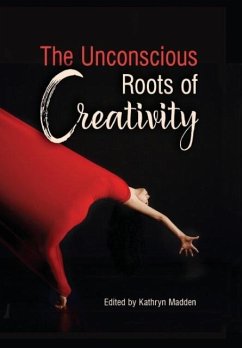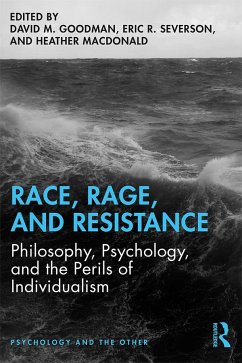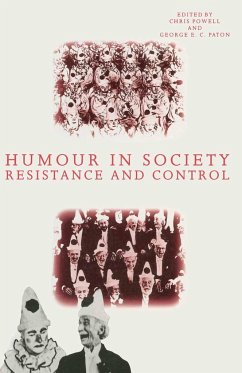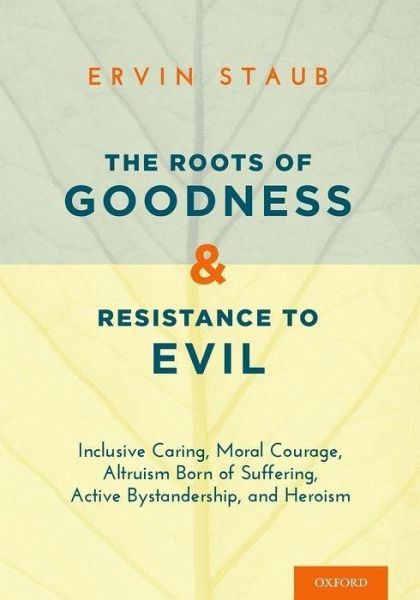
The Roots of Goodness and Resistance to Evil
Inclusive Caring, Moral Courage, Altruism Born of Suffering, Active Bystandership, and Heroism
Versandkostenfrei!
Nicht lieferbar
In The Roots of Goodness and Resistance to Evil, Ervin Staub draws on his extensive experiences in scholarship and intervention to illuminate the socializing experiences, education, and trainings that lead children and adults to become helpers/active bystanders and rescuers, acting to prevent violence and create peaceful and harmonious societies.






